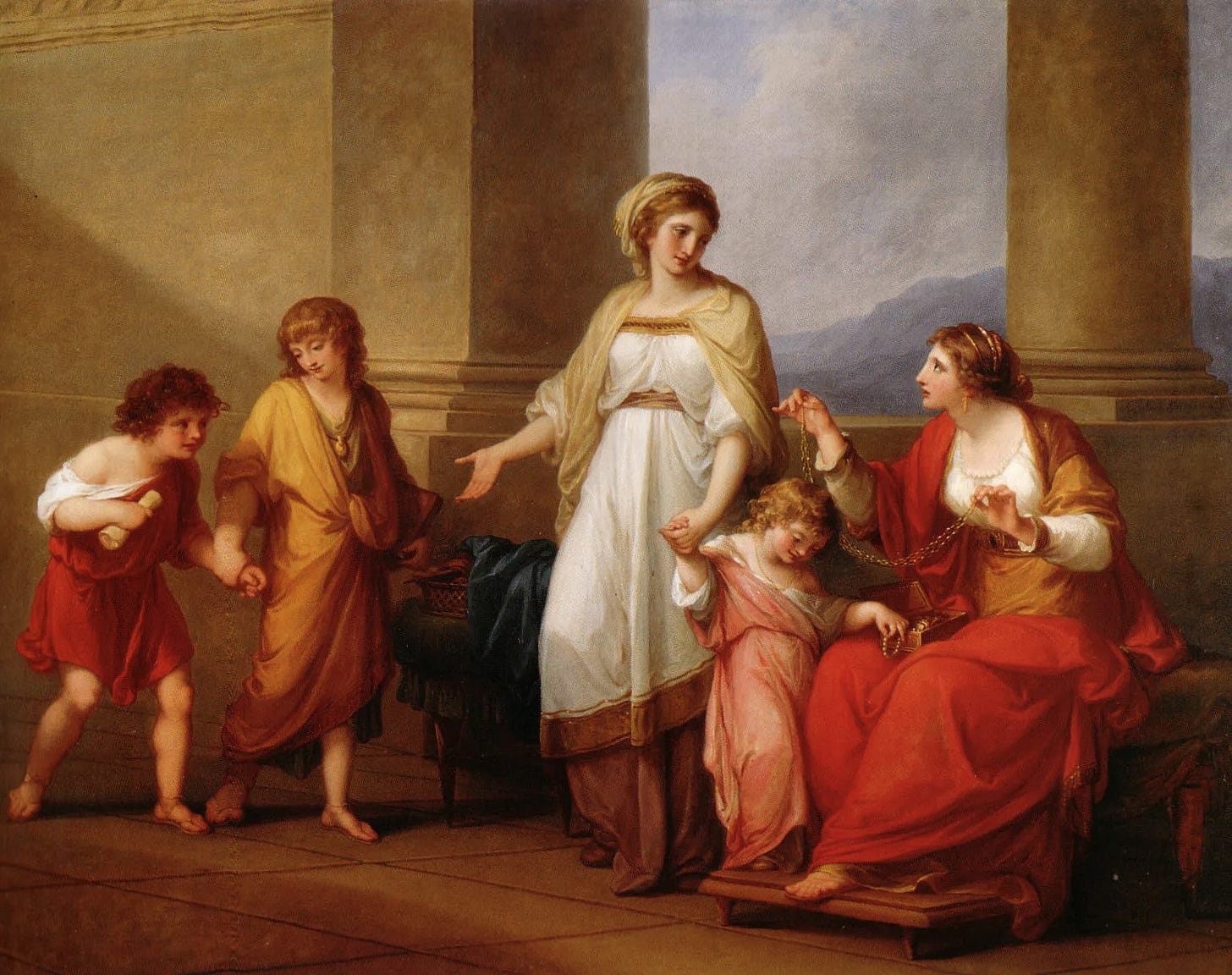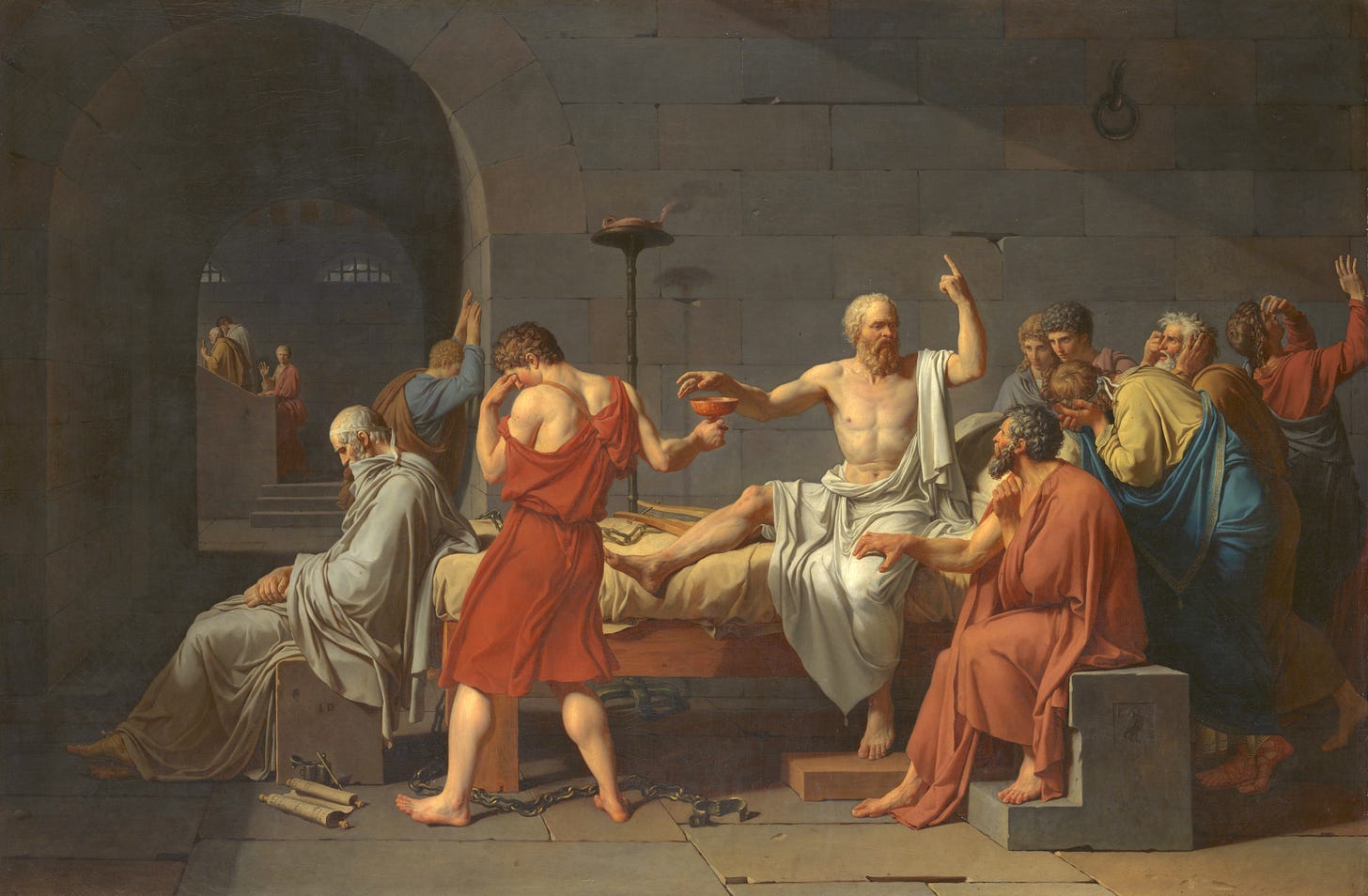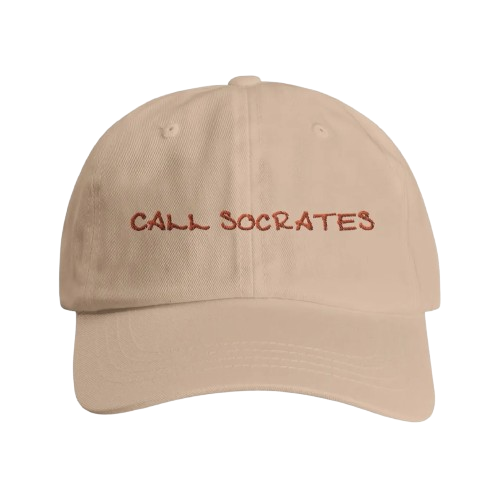“A gallery is only as good as the wisdom it promotes.”
Many ideas that are important to us - calm, patience, hope, resilience, forgiveness - also tend to be fleeting and elusive. We need them, but on our own, we struggle to hold onto them. The question is:
How can good ideas cut through in a busy world?
Ideas take root in our minds when our senses and emotions are effectively engaged. We’re not strictly logical beings. We need to be charmed into accepting certain truths, and art is the ideal discipline to do this. Art lends ideas more compelling forms, so that they can more readily weigh in on our behavior. In short:
Art is a tool to help us remember - and reinforce - wisdom.
Decorative objects don’t have to be status symbols, trophies or “valuable for their own sake”. They can represent concepts that we’d like to keep in sight and encourage our own better natures. As others have said before me:
To transform your space is to transform your mind.
The right painting can restore a sense of perspective. The right poster can pull us out of a negative mood.1 Even a small pin can materialize an attitude and remind us to be self-aware and kind. The point is this:
Materialism works best when the physical things we’re attracted to - and want to buy, own and use - are themselves the containers and ambassadors of the virtues we aspire to.
Good materialism anchors - and advertises - good ideas.2
1 - Perspective
Cornelia Pointing to Her Children as Her Treasures, Angelica Kauffmann 1785
The story that Kauffmann captures is that of Cornelia, an ancient Roman woman and devoted mother. When a visitor proudly displays her jewelry and asks Cornelia to show her treasures, Cornelia humbly brings her children forward, instead of running to get her own jewelry box. The message is clear:
Wealth isn’t found in material possessions but in the love and relationships that enrich our existence.
We can imagine pinning a postcard of the picture to the fridge or having a simple post-it on our desk that reads “Cornelia”. When we catch sight of it, we’re encouraged to be a little more like her, and the painting’s mood stands a chance of becoming our own. Anxieties about status and earning potential are soothed by a gentle nudge towards perspective of what truly matters.
2 - Hope
A Letter from Vincent van Gogh to His Brother Theo, 1882
Dear brother,
What am I in the eyes of most people? A nonentity, an eccentric, an unpleasant person - someone who has no position in society and never will; in short, the lowest of the low.
Very well - even if that were absolutely true, then I should one day like to show by my work what such an eccentric, such a nobody, has in his heart. That is my ambition, based less on resentment than on love, based more on a feeling of serenity than on passion.
Though I am often in the depths of misery, inside me there’s still calm, pure harmony and music. I see paintings in the poorest cottages, in the dirtiest corners... and my mind is driven towards them with an irresistible momentum.
I just wanted to tell you that regular work will and must be resumed, come what may - and I want to add that I’m longing so much for a letter from you, and also to wish you goodnight.
With a handshake,
Vincent
Using art as a tool doesn’t have to be complicated. It just has to be informed and intentional. With his letter in mind, anything of Vincent’s can become an agent of resilience and hope.
A small pin of his sunflowers… a Starry Night tea towel… a poster of his humble bedroom in Arles… a look at these can bring to mind his words and help us to feel strong, optimistic and self-assured again.
Remember: Vincent started painting at 27 and died at 37, neglected by his entire era and unrecognized as an artist. Whenever you feel low, inadequate, tired, ugly, uncool, or whatever else you keep telling yourself, read this letter again and browse through the galleries linked here. Your mind will smile.
3 - Clarity
The Death of Socrates, Jacques Louis David French 1787
Socrates, the earliest and greatest of Western philosophers, summed up the purpose of philosophy in one simple phrase: “Know yourself”. In giving this motto such importance in his thought, Socrates was alluding to a big problem with being human: we normally don’t know ourselves very well, although, fatefully, we might feel as if we do.
As an antidote, Socrates advocated the regular, careful examination of our minds. He recommended systematically asking ourselves, ideally in the company of a patient and thoughtful friend, questions like: What are my priorities? What do I really fear? What do I truly want? Investigating and interpreting our thoughts and feelings was - and remains - the essence of what it means to be a philosopher.
Materialism itself - the simple act of buying things and getting excited about our possessions - isn’t inherently problematic. The trouble arises when we fail to make a clear distinction between the good and bad versions of it.
If Socrates asked us, “What makes something truly valuable?” he’d likely invite us to look beyond the surface. By challenging the importance of price tags, brand names, and popularity, he’d guide us to recognize that the true value of something depends on what it stands for.
The scribbled note from your loved one carries more weight than an industry accolade - and anything that helps you nurture and grow into a better version of yourself holds more meaning than luxury items.
Philosophy has been going on for a very long time, because people have always needed help understanding themselves and the world around them. This hat is a playful reminder that we don’t have to rush to form our opinions about things; we can slow down, ask good questions, try out answers, and explore them calmly.
That’s it. Reduced to its essence, the concept is quite simple:
good materialism = good ideas, given form and put on display
Its purpose is to keep returning us - as often as possible - to our own best convictions.
During one of our earliest tussles, my partner and I were struggling to understand each other. I knew my ego was being louder than I wanted it to be (my thoughts and words didn’t have a lot of love in them), so I took a little break from the argument and walked into the living room.
A few minutes later, she followed me there and found me on my computer. A bit annoyed, she asked: “Are you working?” - I assured her that I wasn’t and that I was just trying to calm down by taking a stroll through a virtual gallery. She thought the move was both amusing and interesting, and it led to a conversation about the ideas you’re now reading (we later resolved our conflict, too).
Please Note: I include this story to develop a little intimacy between us (my favorite writers are those I can easily imagine as friends) and bring you in on my personal practice - not with calculations to impress you with my uniqueness.
My appreciation for art began in childhood, but the idea of using it as a tool is owed entirely to Alain de Botton. If this issue had a dedication page, it would convey immense gratitude for his work and efforts at The School of Life.
The title “Good Materialism” was inspired by an essay in Why We Hate Cheap Things, and the theory of art is borrowed from Art as Therapy. I treasure these concepts too much to ever claim them as my own; my aim is simply to increase their circulation. As my great-grandfather once wrote:
“Expanding the good is beautiful homework.”
I’m new to design but committed to creating. If you decide to order something from my shop, and it doesn’t meet your expectations, please be patient and reach out to me. I’m still learning.










